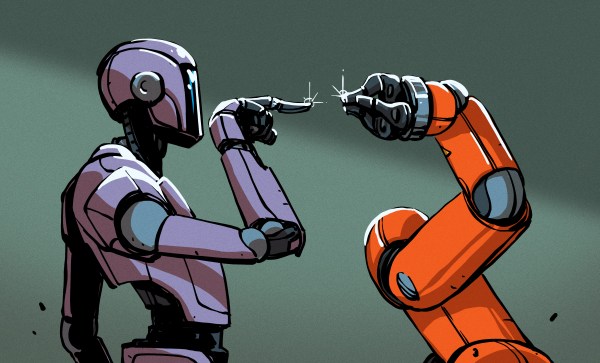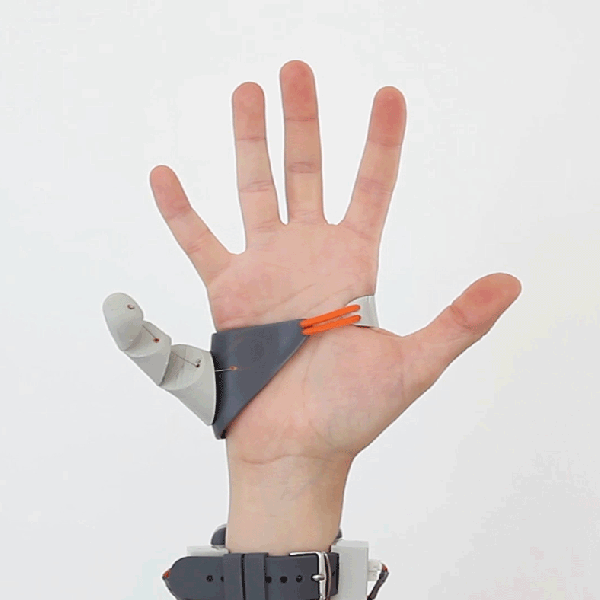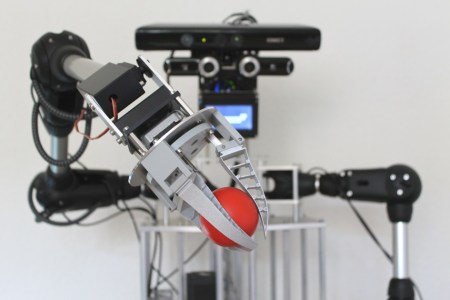Way to rub it in, guys. As it turns out, due to family and work obligations we won’t be able to see the next Great American Eclipse, at least not from anywhere near the path of totality, when it sweeps from Mexico into Canada on April 8. And that’s too bad, because compared to the eclipse back in 2017, “Eclipse 2: Solar Boogaloo” is occurring during a much more active phase in the solar cycle, with the potential for some pretty exciting viewing. The sun regularly belches out gigatons of plasma during coronal mass ejections (CMEs), most of which we can’t see with the naked eye because not only is staring at the sun not a great idea, but most of that activity occurs across the disk of the sun, obscuring the view in the background light. But during the eclipse, we — oops, you — might just get lucky enough to have a solar prominence erupt along the limb of the sun that will be visible during totality. The sun has been quite active lately, as reflected by the relatively high sunspot number, so even though it’s an outside chance, it’s certainly more likely than it was in 2017. Good luck out there. Continue reading “Hackaday Links: March 24, 2024”
human8 Articles
Ask Hackaday: What’s The Deal With Humanoid Robots?
When the term ‘robot’ gets tossed around, our minds usually race to the image of a humanoid machine. These robots are a fixture in pop culture, and often held up as some sort of ideal form.
Yet, one might ask, why the fixation? While we are naturally obsessed with recreating robots in our own image, are these bipedal machines the perfect solution we imagine them to be?
Continue reading “Ask Hackaday: What’s The Deal With Humanoid Robots?”
Never Stare Down A Robot
There are a few things historically difficult to make a robot do. Stairs, of course, are the obvious problem. But realistic blinking behavior is harder than you might think. At first, it might seem frivolous and simple to have a robot blink, but according to Italian scientists, it is both more important and more difficult than you probably think.
Blinking is a nonverbal cue when humans communicate. The post quotes a Finnish researcher:
While it is often assumed that blinking is just a reflexive physiological function associated with protective functions and ocular lubrication, it also serves an important role in reciprocal interaction.
Decellularization: Apples To Earlobes
Our bodies are not like LEGO blocks or computers because we cannot swap out our parts in the living room while watching television. Organ transplants and cosmetic surgery are currently our options for upgrades, repairs, and augments, but post-transplant therapy can be a lifelong commitment because of rejection. Elective surgery costs more than a NIB Millenium Falcon LEGO set. Laboratories have been improving the processes and associated treatments for decades but experimental labs and even home laboratories are getting in on the action as some creative minds take the stage. These folks aren’t performing surgeries, but they are expanding what is possible to for people to do and learn without a medical license.
One promising gateway to human building blocks is the decellularization and recellularization of organic material. Commercial scaffolds exist but they are expensive, so the average tinkerer isn’t going to be buying a few to play with over a holiday weekend.
Let’s explore what all this means. When something is decellularized, it means that the cells are removed, but the structure holding the cells in place remains. Recellularizing is the process where new cells are grown in that area. Decellularizing is like stripping a Hilton hotel down to the girders. The remaining structures are the ECM or the Extra Cellular Matrix, usually referred to as scaffolding. The structure has a shape but no functionality, like a stripped hotel. The scaffolding can be repopulated with new cells in the same way that our gutted hotel can be rebuilt as a factory, office building, or a hospital.
Mechanisms: The Lever, It’s Everywhere
Levers are literally all around us. You body uses them to move, pick up a pen to sign your name and you’ll use mechanical advantage to make that ballpoint roll, and that can of soda doesn’t open without a cleverly designed lever.
I got onto this topic quite by accident. I was making an ornithopter and it was having trouble lifting its wings. For the uninitiated, ornithopters are machines which fly by flapping their wings. The problem was that the lever arm was too short. To be honest, as I worked I wasn’t even thinking in terms of levers, and only realized that there was one after I’d fine-tuned its length by trial and error. After that, the presence of a lever was embarrassingly obvious.
I can probably be excused for not seeing a lever right away because it wasn’t the type we most often experience. There are different classes of levers and it’s safe to say that most people aren’t even aware of this. Let’s take a closer look at these super useful, and sometimes hidden mechanisms known as levers.
Three Thumbs, Way, Way Up!
At least one in their lives — or several times a day — everyone has wished they had a third hand to help them with a given task. Adding a mechanical extra arm to one’s outfit is a big step, so it might make sense to smart small, and first add an extra thumb to your hand.
This is not a prosthetic in the traditional sense, but a wearable human augmentation envisioned by [Dani Clode], a master’s student at London’s Royal College of Art. The thumb is 3D-printed out of Ninjaflex and mounted to a printed brace which slides over the hand. One servo rotates the thumb, and a second pulls it closed using a bowden cable system — not unlike that of a bicycle brake. Control of the thumb is achieved by pressure sensors in the wearer’s shoes, linked via Bluetooth to a wristband hosting the servos and the electronics. We already use our hands and feet in conjunction, so why not capitalize on this intuitive link?
Humanoid Robot Kinects With Its Enviroment
[Malte Ahlers] from Germany, After having completed a PhD in neurobiology, decided to build a human sized humanoid robot torso. [Malte] has an interest in robotics and wanted to show case some of his skills.The project is still in its early development but as you will see in the video he has achieved a nice build so far.
A1 consists of a Human sized torso with two arms, each with five (or six, including the gripper) axes of rotation, which have been based on the robolink joints from German company igus.de. The joints are tendon driven by stepper motors with a planetary gear head attached. Using an experimental controller which he has built, [Malte] can monitor the position of the axis by monitoring the encoders embedded in the joints.
The A1 torso features a head with two degrees of freedom, which is equipped with a Microsoft Kinect sensor and two Logitech QuickCam Pro 9000 cameras. With this functionality the head can spatially ”see” and ”hear”. The head also has speakers for voice output, which can be accompanied by an animated gesture on the LCD screen lip movements for example. The hands feature a simple gripping tool based on FESTO FinGripper finger to allow the picking up of misc items.


















